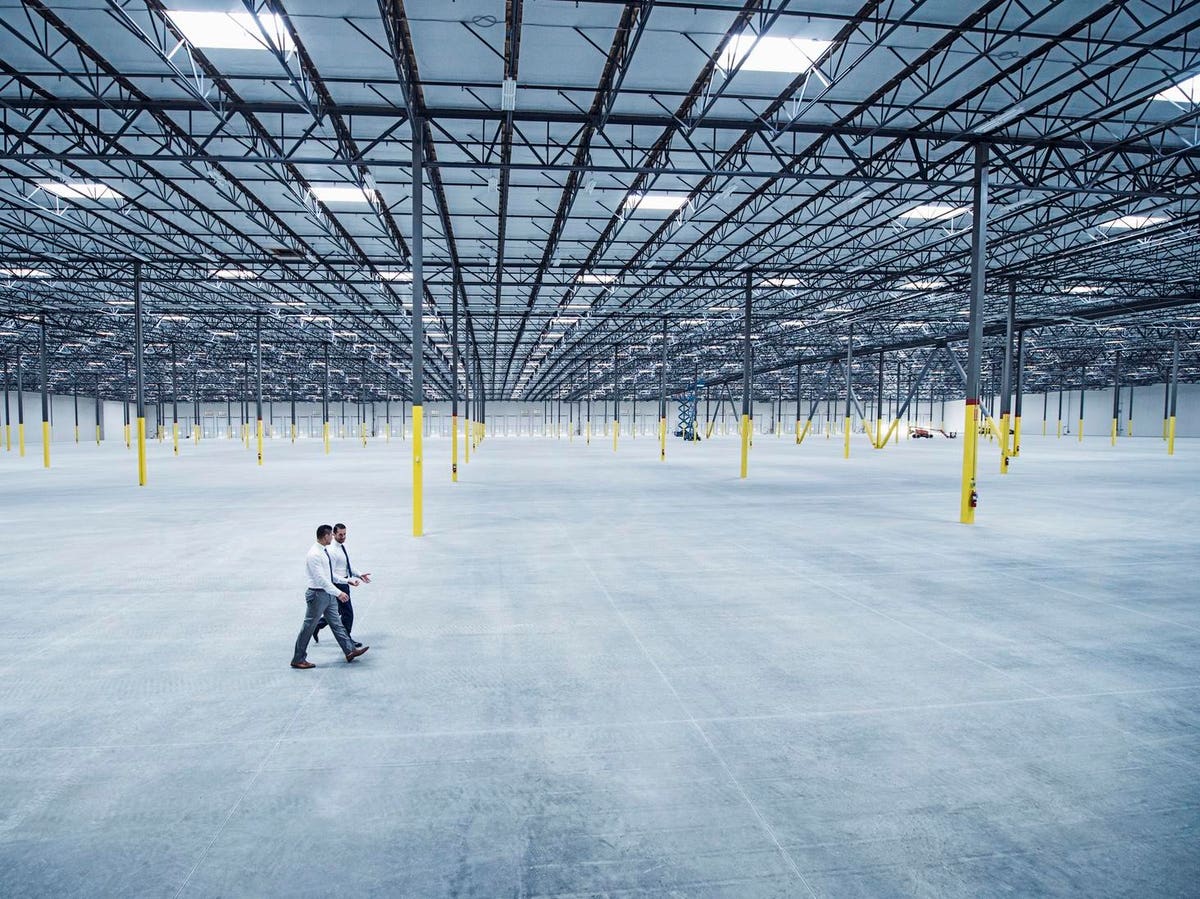Ryan McKenzie – CCIM, SIOR Associate, VP @ Kidder Mathews, 50-year family tradition in CRE/IRE.
As the challenges of industrial real estate accelerate, upgrading your warehouse can seem like a monumental task, especially during a downturn in the economy, as we have now.
Whether you are a property owner, manager, architect, broker or consultant, here is a seven-step checklist to guide you through the process of a successful industrial facility upgrade.
1. Needs Assessment: Laying The Groundwork
In the complex process of a warehouse upgrade, a comprehensive needs assessment is your first step. It involves scrutinizing your current operations and pinpointing the limitations of your existing warehouse. If the assessment reveals the need for a new facility, it becomes crucial to define its requirements—be it size, location or infrastructure.
Additionally, consider potential efficiency additions such as increased clearance height, improved dock facilities, proximity to freeways for easy transportation and yard space for container or material storage. A well-conducted needs assessment will provide a concrete foundation for the upgrade process, ensuring it aligns with your operational needs.
2. Location Selection: Strategic Positioning
With a clear understanding of your needs, identifying potential locations for your new facility becomes the next milestone. Several factors need your consideration here—proximity to customers, access to transportation links, labor availability and compliance with local regulations.
Remember to account for transportation costs such as drayage (short-distance shipping), which could significantly impact your operational budget. The right location balances logistics and financial feasibility, offering an edge in the competitive industrial real estate landscape.
3. Facility Design: Tailoring To Your Requirements
Bringing your new facility to life may require collaboration with a warehouse design consultant or an architect. Make sure the design caters to your operational needs, meets safety standards and accommodates future growth prospects.
Consider your growth expectations and flexibility over the lease term. If potential expansion or contraction is on the horizon, the facility’s sublease value or divisibility becomes crucial. Additionally, the right equipment can dramatically enhance facility functionality and should align with your operational needs and budget.
4. Budget Planning: Steering The Financial Course
A well-constructed budget is the rudder that steers your upgrade project. It is vital to calculate the total cost for the new facility and the warehouse upgrade, encompassing expenses like land, construction, equipment, technology and transition costs, potentially with some assistance from a lessor.
To gain a better understanding of the financial aspects, perform a lease vs. lease or lease vs. purchase analysis report. Consider hiring a real-estate-experienced CPA or a Certified Commercial Investment Member (CCIM) for help with this. (Disclosure: I am a CCIM.) Such an analysis will help you compare which direction is more financially sound. Collaborating with your CFO or CPA to verify potential tax benefits will further ensure financial viability and budget adherence.
5. Transition Planning: Smooth Switch
The transition from your old facility to the new one needs meticulous planning to avoid disruption to your operations. Establish a plan to manage inventory during the transition, and explore options like rental abatement or tiered rent increases if you’re leasing.
Planning for overlap as you transition between locations will offer a safety net, ensuring a gradual and well-executed shift rather than a hasty, disruptive one. Smooth transitioning is key to maintaining business continuity and protecting your bottom line.
6. Execution And Monitoring: Progress And Adjustments
Keeping a close eye on the progress against your project timeline and budget is essential for effective project management. Regular monitoring enables timely adjustments, ensuring the upgrade stays on course. A quality broker can assist you here.
Involve your brokers early in the process. Giving them ample time allows for better exploration of off-market opportunities where competition might be less. Depending on your relationship with your landlord, they might have larger buildings available—especially likely if you have institutional landlords. Also, remember to notify your landlord well in advance if you plan to exercise your option to extend your lease to avoid unnecessary complications.
7. Working With Brokers: Clearly Communicate
Engaging with brokers can be helpful in your upgrade journey. Brokers bring their expertise, industry insights and relationships to the table, helping you access creative solutions and better deal facilitation.
However, maintaining clear and proactive communication with your broker is paramount. Don’t hesitate to discuss your property challenges or modify your search criteria. In a tight market, getting the right building may be more crucial than getting the cheapest one. Remember, brokers can’t create buildings out of thin air, so it’s crucial to acknowledge market limitations and adjust your expectations accordingly.
Conclusion
Upgrading an industrial warehouse is no small feat—it requires strategic planning, careful execution, constant vigilance and assistance from experts. However, with this seven-step checklist, you can navigate the process more efficiently and boost your chances of success.
Good luck with your industrial warehouse upgrade and new facility!
Forbes Business Council is the foremost growth and networking organization for business owners and leaders. Do I qualify?
Read the full article here





